
In a previous article we looked at irrigation for elite sports surfaces. Having examined the various types of irrigation on offer and looked in depth at why complex irrigation systems are such a vital aspect of elite-level sports facilities, we’re now going to look at a factor which forms the core foundation of absolutely any irrigation system. Large or small, simple or advanced – the water supply is critical, and in today’s resource conscious climate with all the scrutiny that’s rightly paid - to water use and water waste - how sports irrigation measures up under this scrutiny.
It’s pretty much impossible to come up with an average figure for sports turf irrigation requirements, given the varying sizes and types of field we’re dealing with – from baseball and soccer through football to golf, for example – and the different levels of irrigation needed in different parts of the country.
However a figure given by the Sports Field Management Association (SFMA), which stated that the average football field could be expected to need 1.5 millions of water per season, a figure which might increase by up to a third for a state like Florida which experiences prolonged periods of drought most years. In Florida, we also have a rainy season, of course, but this doesn’t equate to endless supplies of water, and efficient water management and delivery in sports turf irrigation is essential in the fight to conserve water.
The first concern with any kind of sports field irrigation is likely to be over water supply and distribution - not having sufficient water to keep the turf in question healthy and in optimal condition. This is understandable, but it’s only half the picture. In reality, an irrigation solution must ensure as much care goes into avoiding overwatering too.
There are two reasons for this, the first and most obvious being that over-irrigated turf is not going to stay in the best possible condition for very long. The second reason is less obvious but just as vital, and it’s that large professional sporting organizations have to be seen to be behaving in as sustainable a manner as possible.
The perception of sport as a luxury, rather than a necessity, has significant implications for resource management. Even though sport fuels economic activity and is a part of modern life, sporting bodies must be especially transparent and accountable in their use of vital resources like water. Indeed, they are constantly being pushed to proactively demonstrate that their use of vital resources is minimized and justified.
In another article, we looked at arguing the business case for sustainable golf course irrigation, and a large part of that argument centered on the fact that Millennial and Generation Z golfers (the customers of today and tomorrow) were clear in the importance they placed on issues of social and environmental responsibility.
Speaking of golf courses, the choice of water source for golf course irrigation is particularly urgent in Florida for a couple of reasons. The first is the sheer number of golf courses across the state – at 1250 it boasts more than any other in the US – and the second is the sheer volume of water needed to keep just one 18-hole golf course in prime condition.
The United States Golf Association (USGA) published research looking into the amount of water golf courses around the country need in order to maintain good playing conditions.
Perhaps the most striking figures from the research were those that underlined the monumental scale of the golfing industry in the US.
According to the USGA, there are an estimated 1,504,210 acres of maintained turf (greens, tees, fairways, rough) on golf facilities in the U.S, with 80% of this turf being irrigated. As a result, 2.08 billion gallons of water are used for golf course irrigation in the U.S. every day!
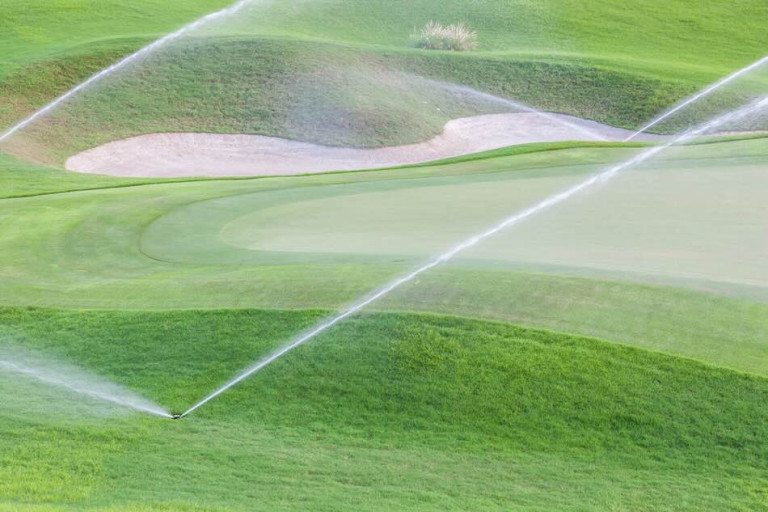
It’s difficult to pin down exactly how many of these acres the 1,250 golf courses in Florida contribute to the overall figure, but according to the Deer Creek golf club, located at Deerfield Beach, the average 18 hole golf course covers between 100-190 acres, a ballpark figure of between 125,000 and 237,500 acres is very likely. The figures on water use for golf course irrigation given by the USGA are divided geographically, with courses in the South East region said to use 2.4 acre-feet of water for each acre of irrigated turf each year.
According to the Sports Field Management Association (SFMA), a football field that needs an inch of water per week to remain healthy (this figure is given as the typical amount required) requires about 60,000 gallons of water each week. If we allow for a six month period during which irrigation is required, this means 1.5 million gallons of water is needed for irrigation during the course of a season. These figures are generalizations to be sure, but they do help to give an idea of the scale of water use and potential for waste for a typical field.
Even allowing for figures being off the mark by, say, 5% then some 75,000 gallons will be wasted each year. In a climate like Florida’s there may be periods of time during which a football field requires 1 to 2 inches of water per acre up to 3 times per week, something which would call for more than 100,000 gallons of water each week.
These figures represent a huge volume of water use, and so the question of where that water is sourced needs to be addressed.
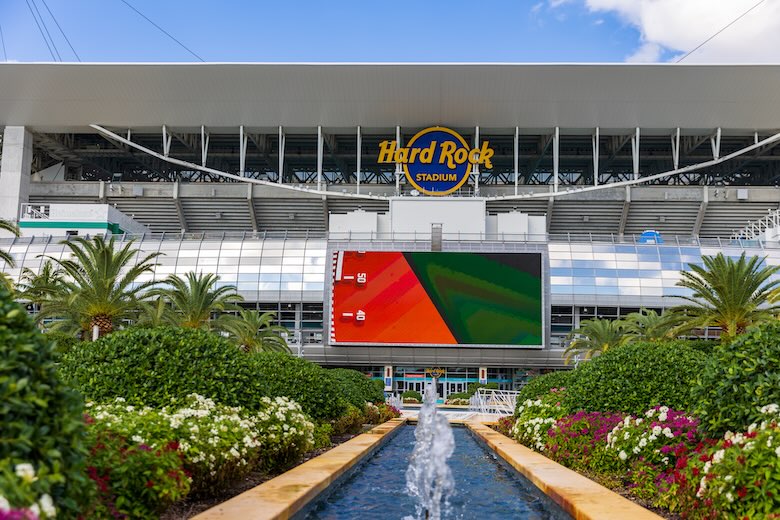
Here in Florida, the most obvious choice of water source for sports field irrigation – over and above simply tapping into the potable water supplies – is from an irrigation lake or well. We talk at length about the advantages and disadvantages of these two main water sources, here, we want to highlight the benefits or otherwise each brings.
According to the Environmental Protection Agency (EPA) there are more than 7,700 lakes in Florida, and taking water from a lake means taking it from a source which is, in theory, naturally self-sustaining. Once the decision to use a lake for irrigation has been chosen, however, the onus is on the sports organization in question to maintain the quality of water in that lake.
As a closed system, an irrigation lake is both self-sustaining and vulnerable. An irrigation lake is a naturally self-sustaining body of water that responds to the natural cycle of precipitation and evaporation and unless extreme drought conditions are long-lasting, the water levels will only fluctuate within acceptable parameters. There’s a risk of contamination from factors such as surface water run-off, and the possible presence of contaminants such as algae and sediment.
A factor such as the pH level of the water (whether the water is acid or alkaline) can have a huge impact on both the turf and the irrigation system it serves. A high pH level, for example, could lead to a buildup of minerals in the soil itself, which in turn would damage the turf growing there, making it difficult for the grass to absorb the nutrients vital for good health. At the same time, high pH levels could cause calcium carbonate deposits to clog the components of the irrigation system, such as pipes, lines and sprinkler heads. Low pH water, on the other hand, can corrode metal components. All of which is to say that an irrigation lake and its water needs managing - it’s not just about simply pumping the water from the lake.
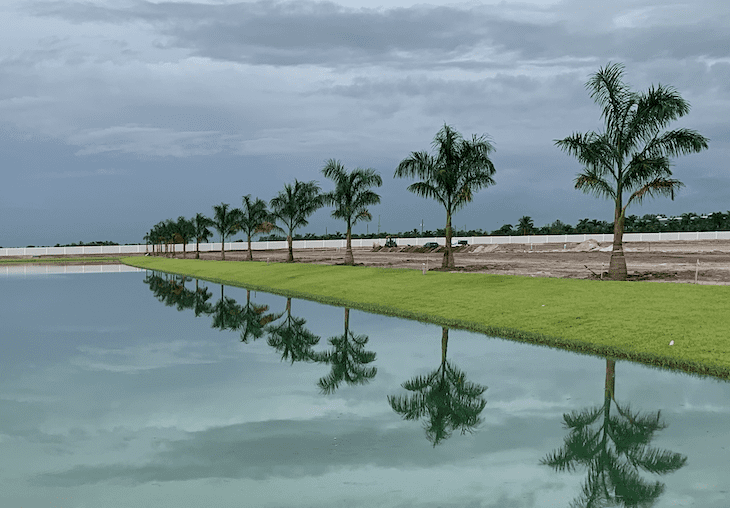
As well as taking the time and trouble to monitor and manage the quality of the lake water on an ongoing basis, anyone choosing an irrigation lake as the water supply for their system will need to look into the legal position around doing so. This position will vary from state to state and even across individual counties.
Here in Florida water resources at a state level are managed by the Department of Environmental Protection. At regional level there are five water management districts:
These districts have responsibility for matters such as flood protection, natural water systems, water quality and water supply. Anyone requiring more details on the breakdown of the districts and the counties they serve can find it here.
The main alternative to pumping water from an irrigation lake is to take it from a well. In simple terms, a well is a hole which has been drilled in the ground in order to access groundwater, which will be saline or fresh, depending upon the surrounding rocks and soil.
To a large degree, the quality of the water being taken from an underground aquifer will depend on the soil beneath which the aquifer is located, so careful research into water and soil quality needs to be undertaken before the choice to use a well is taken. The advantages of using a well include access to a permanent supply of water, a well could also conceivably be located closer to the area being irrigated than an irrigation lake. As a consequence, the power needed to transport the water at sufficient flow rate and pressure to operate the irrigation system is likely to be less than that needed to pump from a lake.
The problems associated with drawing water from a well include the risk of water becoming contaminated if agricultural or industrial runoff leaches down into the groundwater. By its nature, an underground aquifer will be more difficult to monitor and/or protect from the ingress of pollutants than a surface level lake, and so levels of pH and other minerals could damage your turf and impact the rest of the irrigation system. The inconsistent nature of well water pressure of water is something else that the irrigation system will need to contend with. In this case, smart irrigation systems will be able to pick up on any drop in pressure as soon as it occurs, so the operation of the pump can be adjusted to make allowances.
As we’ve discussed, there are definite advantages of lakes over wet wells and on the subject of healthy water for your field, we always defer to the irrigation lake. Keeping lake water clean and healthy relies on excellent lake management. A key factor in keeping the water and the irrigation system in good shape is the water filtration used.
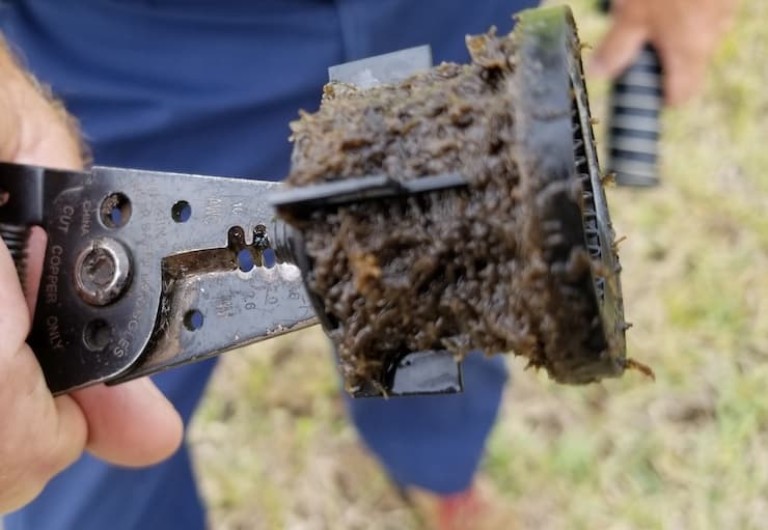
The benefits of disc filtration over the inadequate screen filtration used by most irrigation pump station designers are many fold. Screen filters allow too much debris into your irrigation field – again, setting the stage for relentless maintenance and repair work. A healthy water source will naturally provide more efficient irrigation across the field, every single drop of good water is worth any amount of contaminated water.
In short, healthy irrigation lake water:
There is an ethical case for sustainability and conservation and reclaimed water commends itself to both. Driven particularly by the desire to be part of the movement to deal with a changing climate – and the increasing demand for golf courses designed to minimize their impact on the wider environment, courses are being redesigned and replanted to minimize the amount of water needed, and the potential for using reclaimed water across the sporting world is huge.
Reclaimed water, in this context, refers to recovered wastewater, or rainwater collected as it flows off hard surfaces - for example, clubhouse roofs, parking lots and so on.
Irrigating with water that's been reclaimed brings with it a wealth of benefits. Aside from the obvious boost to water conservation, for example, the use of reclaimed rainwater means that the water passing through a system is ‘soft’ – meaning it has a lower mineral content than tap or groundwater. The benefit of this is that the water is far less likely to cause a buildup of residue in vital irrigation parts like pipes, filters and sprinkler heads. However, just now, in the US at least, it is an irrigation source which only a small minority of courses have opted for.
According to the USGA, only 13% of golf courses across the country currently make use of recycled water. A report published in 2022 by Golf Course Superintendents Association of America (GCSAA) listed some of the reasons why golf courses have, to date, been fairly reluctant to make a large-scale switch to reclaimed water. Among those reasons were the following:
The last of these reasons was actually flagged up as being the factor most likely to impede the use of reclaimed water on more golf courses, on the basis of the fact that the piping system needed to deliver the reclaimed or recycled water to the course can cost upwards of $1 million per mile to install.
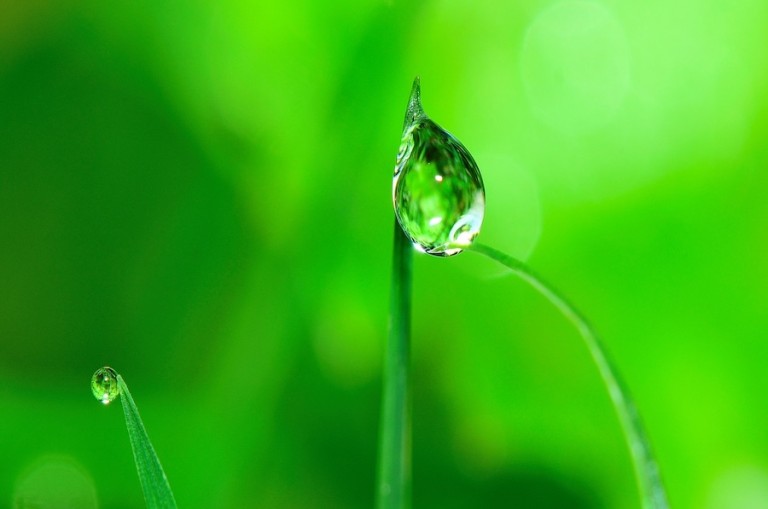
Anyone discouraged by the slow take-up of reclaimed water use across the US can gain some succor by looking further afield, to examples like these two golf courses - one in South Africa, the other in Italy:
Umhlali Country Club and Golf Estate – South Africa – rainwater on the course is harvested to an on-site reservoir, with indigenous water lilies planted to cover the surface of the water and reduce evaporation. The amount of water collected in this way greatly reduces the amount required from outside sources.
Antognolla Golf – Italy – the course, in Perugia, Italy, was renovated between 2017 and 2018. A part of the renovation was an enhanced drainage system which – combined with a reduction in the area needed to be irrigated – resulted in 100% of the course irrigation being supplied by reclaimed water.